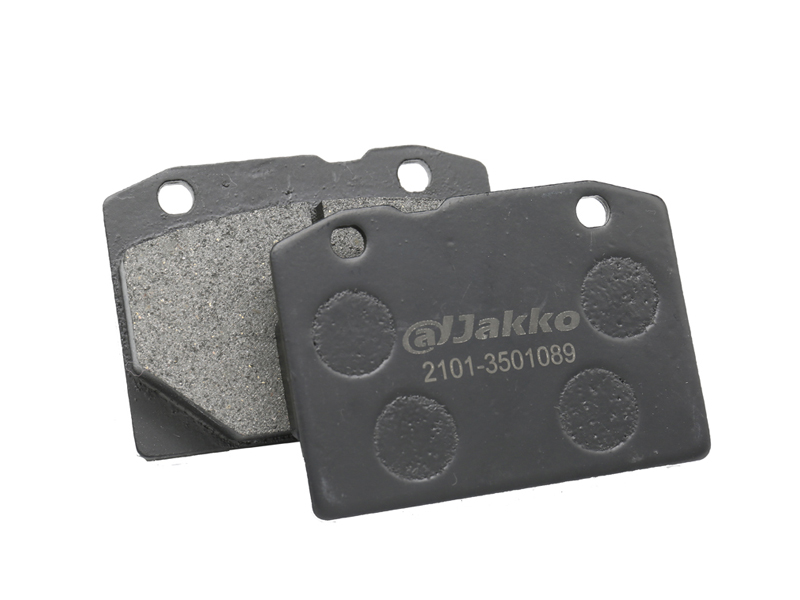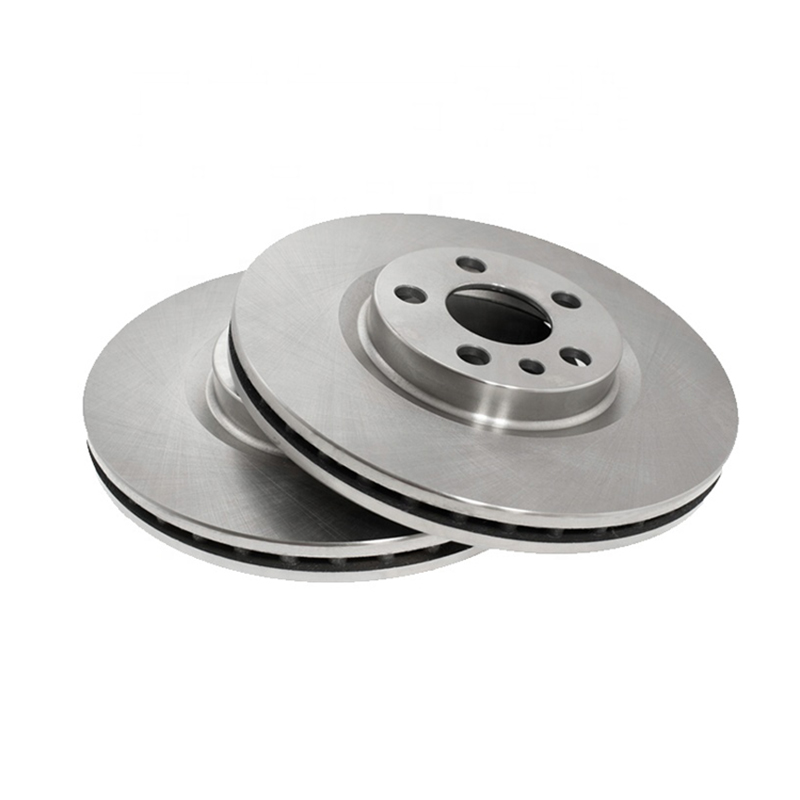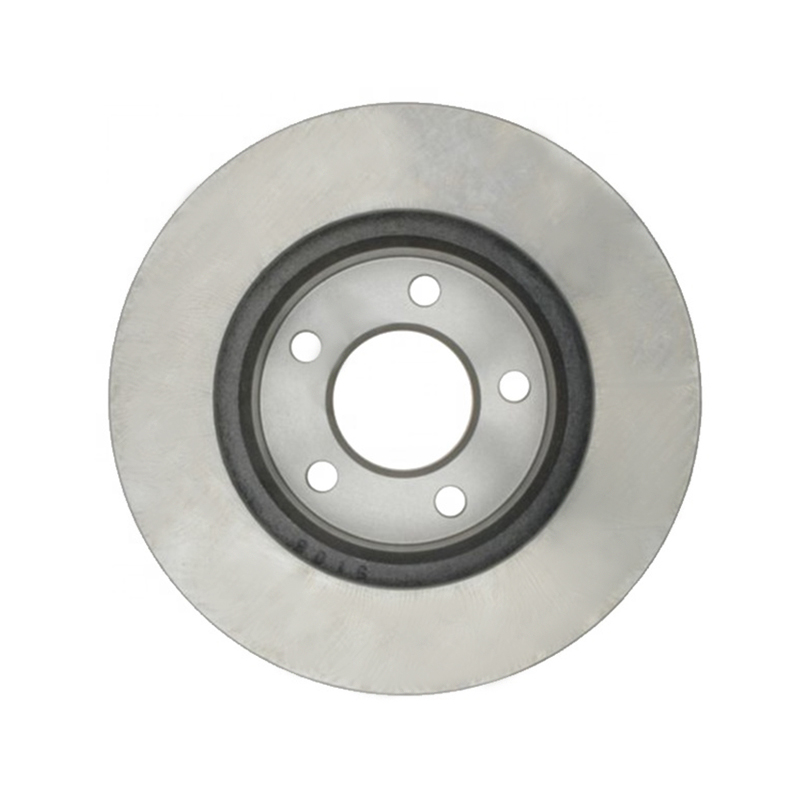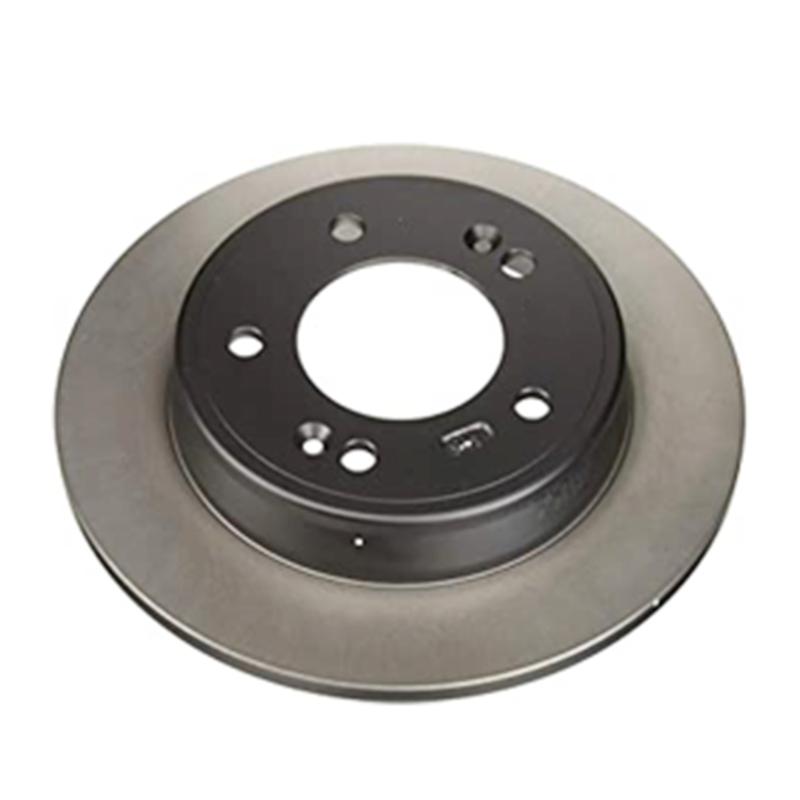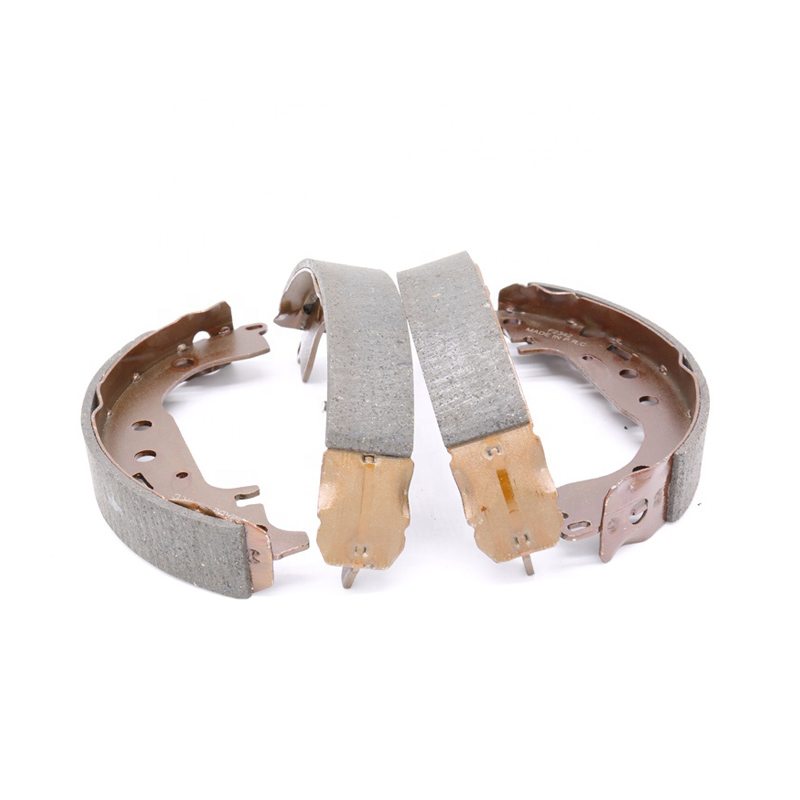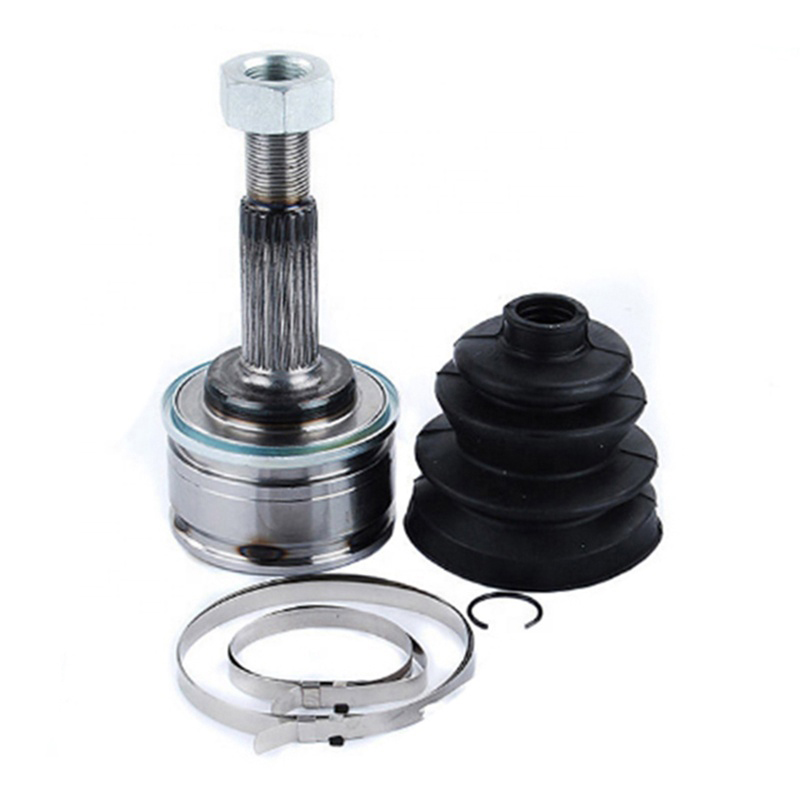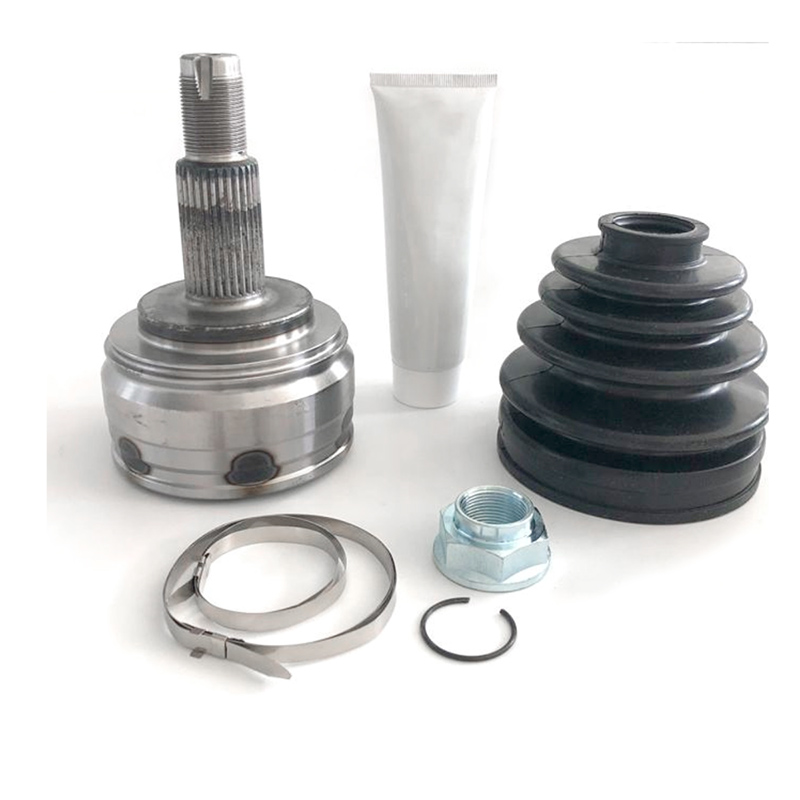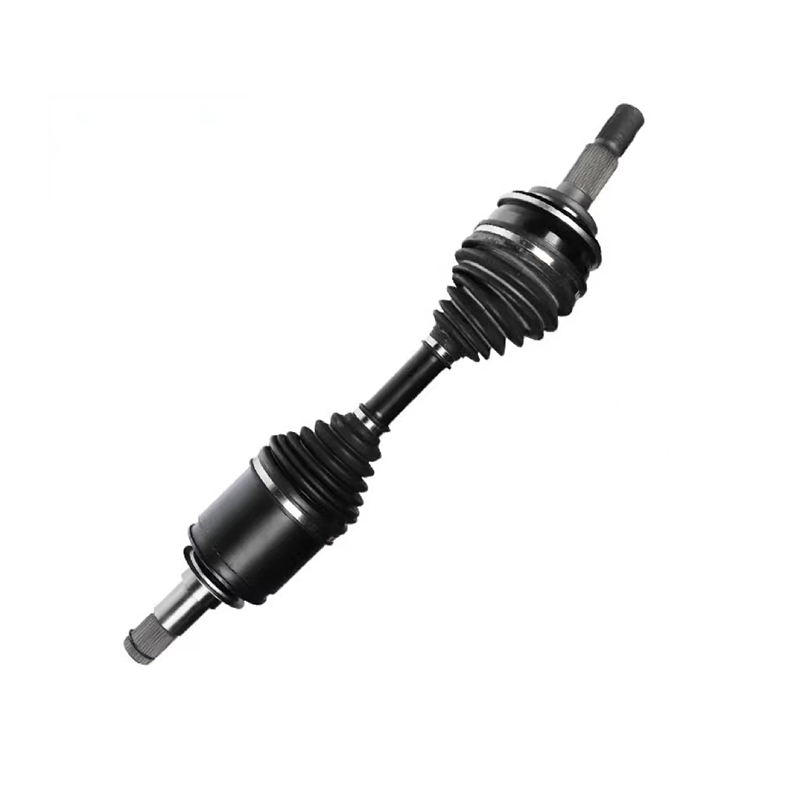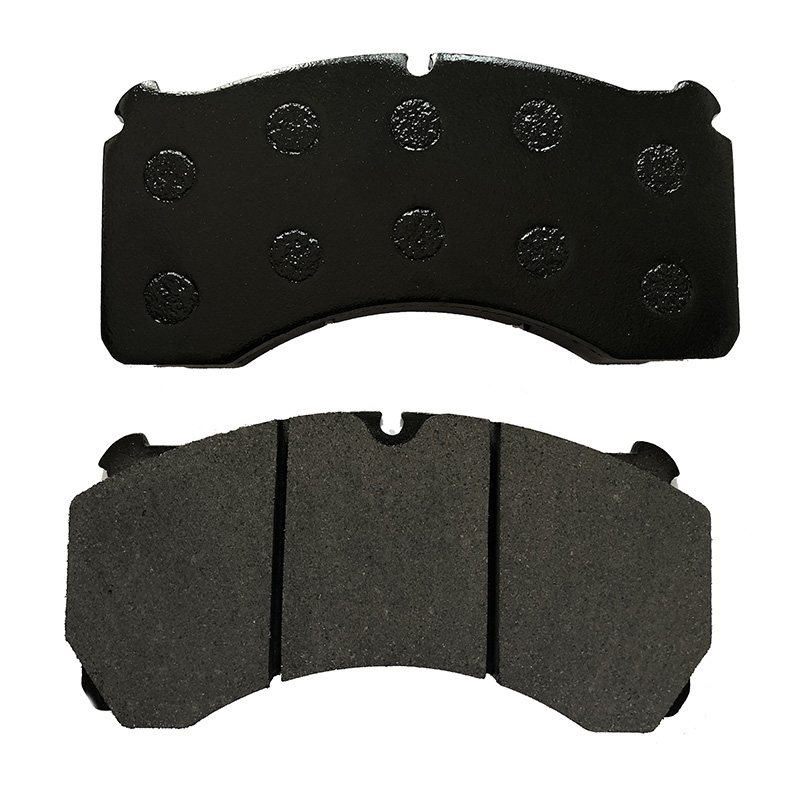Shock absorbers don’t get a lot of attention, but they’re one of the most important parts on your vehicle. They’re the ones that make sure your pickup stays stable with a load in the bed, your family sedan doesn’t pogo stick down the road and that your sports car can handle that bump in the track. Shock absorbers are the magic tubes you can see under your car that keep your wheels connected to the road.
The basic shock absorber is a simple hydraulic damper that limits suspension movement. The main function is to damp spring oscillations by using a combination of valving of oil and gasses to absorb energy from the up and down movements of the unsprung weight of the wheel.

This is achieved by a piston that moves up and down in an oil-filled cylinder. When the piston moves up and down, it forces a small amount of fluid out through tiny holes in the piston head. This slows down the suspension’s movement and dampens the compression and rebound of the springs, preventing continuous oscillation of the wheel. The shock absorber is also velocity-sensitive, meaning that the faster the springs move, the more resistance it offers.
A simpler version of the twin-tube gas charged design was introduced in 1907. This variant, referred to as a “gas cell two-tube” or similar design, is basically a basic twin-tube shock with a low-pressure charge of nitrogen gas added to the reserve tube. This reduces the likelihood of “foaming” in which the pressure in the reserve tube exceeds that in the main tube and causes the shock absorber to overheat and fail.
More advanced designs have been developed to control the response of a shock absorber to the specific requirements of each application. For example, special valving can be used to adjust how stiff the absorber is to compression and extension by controlling the "rebound".
Another major advantage of this type of design is that there is no oil bleed through the piston head when the system is not in use, so the pressure of the piston is always equal to that in the reserve tube. This greatly reduces maintenance and service costs.
Shock absorber components are varied and include a rod guide that allows smooth movement of the piston, an oil seal to prevent leaks, a piston sleeve to protect the cylinder from damage, and a bushing to provide space between the mounting bolts and the body and suspension. The rod guide is usually made of urethane or rubber and separates the metal parts to prevent noise and wear.
The conventional telescopic shock absorbers that can be seen on most front and rear suspension systems is the most common. These are a good choice for most applications, as they’re relatively inexpensive and easy to maintain. However, if your vehicle is going to be used on rough roads, it’s worth considering upgrading to a higher performance shock absorber.

